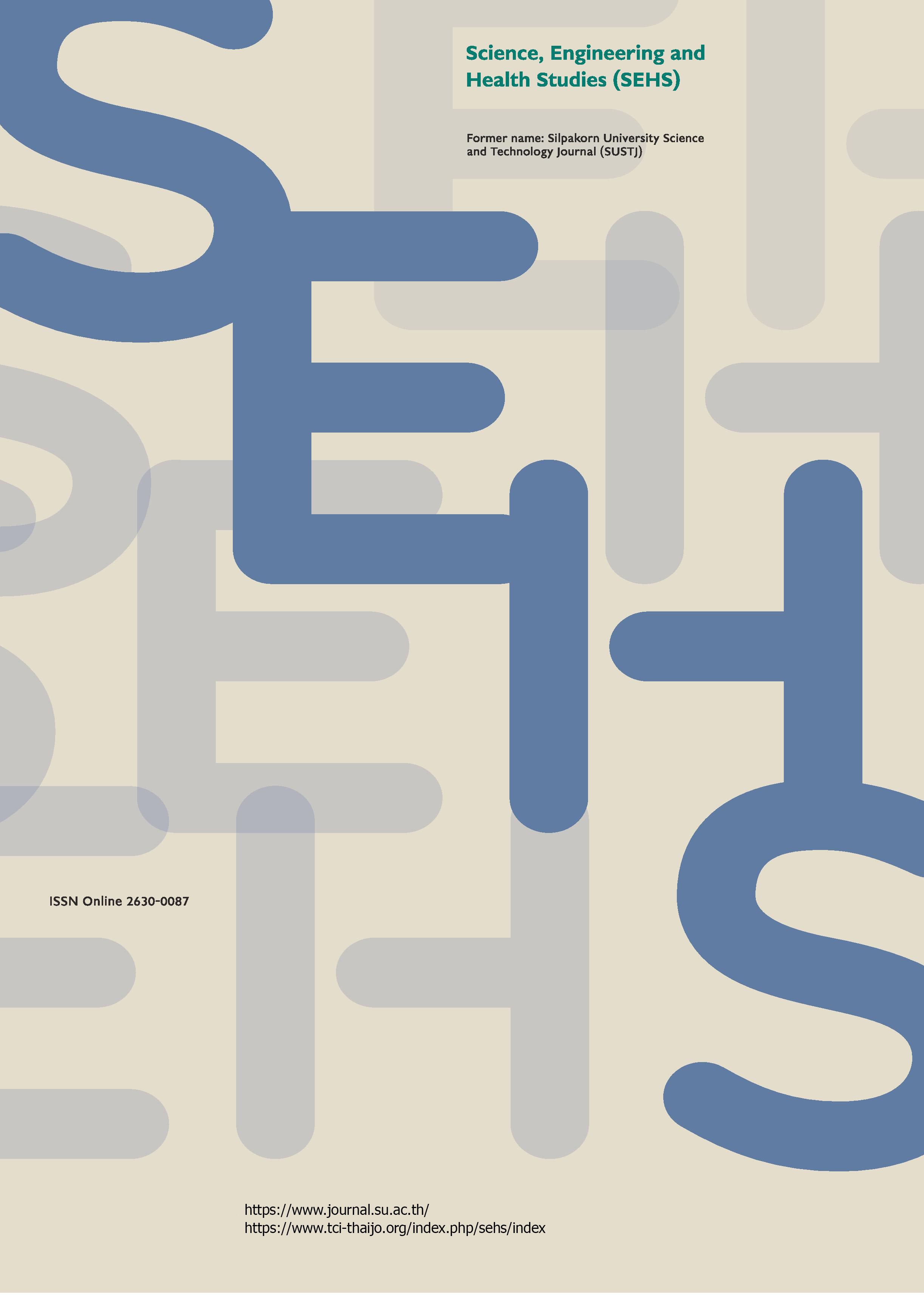DI-QC: A tool for assessing the quality of drug information websites
Main Article Content
Abstract
Given that the quality of drug information on the World Wide Web varies greatly, it is essential to evaluate websites and their information before use. While various tools exist for evaluating health information websites, most are either not specific to drug information or are tailored to a particular group of drugs. This study aimed to develop a tool to evaluate drug information websites for both pharmacists and consumers, and to assess its validity, reliability, and applicability. We drafted a conceptual framework for drug information website evaluation, leading to the creation of a user-guidance type evaluation tool, named DI-QC, which exists in two versions: one for pharmacists and one for consumers. Each version comprises 26 items. The validity of DI-QC was confirmed with an S-CVI/Ave of 0.86 for the pharmacist version and 0.87 for the consumer version. The reliability of DI-QC was also assessed in terms of inter-rater agreement, with results showing consistent agreement across items. To demonstrate the applicability of DI-QC, forty-four drug information websites were evaluated. Using the pharmacist and consumer versions of DI-QC, 38.64% and 34.09% of the websites, respectively, were rated as ‘Good’. In conclusion, the DI-QC assessment tool was developed through a reliable process and is applicable and beneficial for evaluating drug information websites for both pharmacists and consumers.
Downloads
Article Details

This work is licensed under a Creative Commons Attribution-NonCommercial-NoDerivatives 4.0 International License.
References
Aggoun, S., Cheikh-Zouaoui, M., Chikh, N., and Duval, R. (2008). Effect of some admixtures on the setting time and strength evolution of cement pastes at early ages. Construction and Building Materials, 22(2), 106–110.
Chen, H., Qin, R., Chow, C. L., and Lau, D. (2023). Recycling thermoset plastic waste for manufacturing green cement mortar. Cement and Concrete Composites, 137, 104922.
Devi, K., Acharya, K. G., and Saini, B. (2018a). Significance of stone slurry powder in normal and high strength concrete. In Proceedings of the 1st International Conference on Sustainable Waste Management through Design (Singh, H., Garg, P., and Kaur, I., Eds.), pp. 484–492. Ludhiana Punjab, India.
Devi, K., Saini, B., and Aggarwal, P. (2018b). Combined use of accelerators and stone slurry powder in cement mortar. In Proceeding of the 1st International Conference on Sustainable Waste Management through Design, pp. 202–209. Ludhiana, India.
Devi, K., Saini, B., and Aggarwal, P. (2019). Utilization of Kota stone slurry powder and accelerators in concrete. Computers and Concrete, 23(3), 189–201.
Devi, K., Saini, B., and Aggarwal, P. (2022). Impact of high temperature on mortar mixes containing additives. Journal of Engineering Research, 10(1B), 68–85.
Flower, D. J. M., and Sanjayan, J. G. (2007). Green house gas emissions due to concrete manufacture. The International Journal of Life Cycle Assessment, 12, 282–288.
Jahangir, H., Soleymani, A., and Esfahani, M. R. (2023). Investigating the confining effect of steel reinforced polymer and grout composites on compressive behavior of square concrete columns. Iranian Journal of Science and Technology, Transactions of Civil Engineering, 47, 775–791.
Khodabakhshian, A., de Brito, J., Ghalehnovi, M., and Shamsabadi, E. A. (2018). Mechanical, environmental and economic performance of structural concrete containing silica fume and marble industry waste powder. Construction and Building Materials, 169, 237–251.
Kontoni, D.-P. N., Onyelowe, K. C., Ebid, A. M., Jahangir, H., Eidgahee, D. R., Soleymani, A., and Ikpa, C. (2022). Gene Expression Programming (GEP) modelling of sustainable building materials including mineral admixtures for novel solutions. Mining, 2(4), 629–653.
Liu, B., Yang, L., Shi, J., Zhang, S., Yalçınkaya, Ç., and Alshalif, A. F. (2023). Effect of curing regime on the immobilization of municipal solid waste incineration fly ash in sustainable cement mortar. Environmental Pollution, 317, 120839.
Marinelli, S., Marinello, S., Lolli, F., Gamberini, R., and Coruzzolo, A. M. (2023). Waste plastic and rubber in concrete and cement mortar: A tertiary literature review. Sustainability, 15(9), 7232.
Onyelowe, K. C., Ebid, A. E., Mahdi H. A., Soleymani, A., Jahangir, H., and Dabbaghi, F. (2022). Optimization of green concrete containing fly ash and rice husk ash based on hydro-mechanical properties and life cycle assessment considerations. Civil Engineering Journal, 8(12), 3912–3938.
Singh, M., Choudhary, K., Srivastava, A., Sangwan, K. S., and Bhunia, D. (2017). A study on environmental and economic impacts of using waste marble powder in concrete. Journal of Building Engineering, 13, 87–95.
Tahwia, A. M., Essam, A., Tayeh, B. A., and Elrahman, M. A. (2022). Enhancing sustainability of ultra-high performance concrete utilizing high-volume waste glass powder. Case Studies in Construction Materials, 17, e01648.


